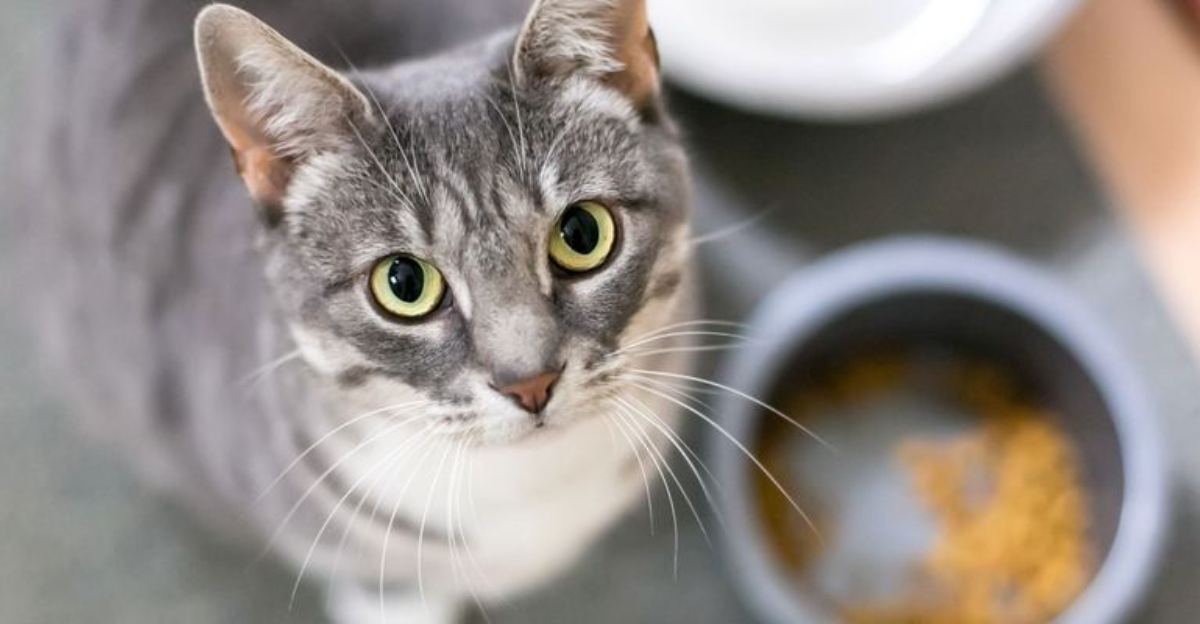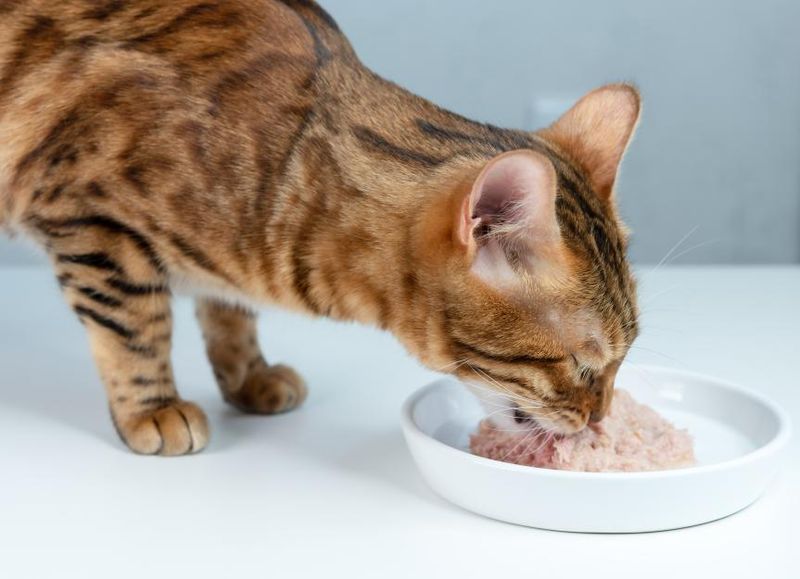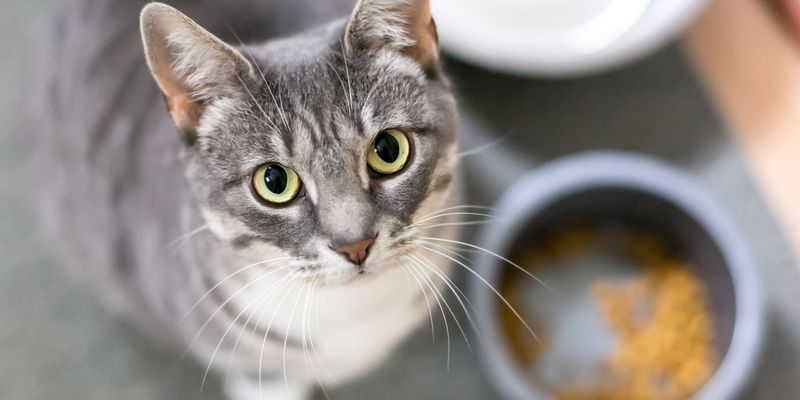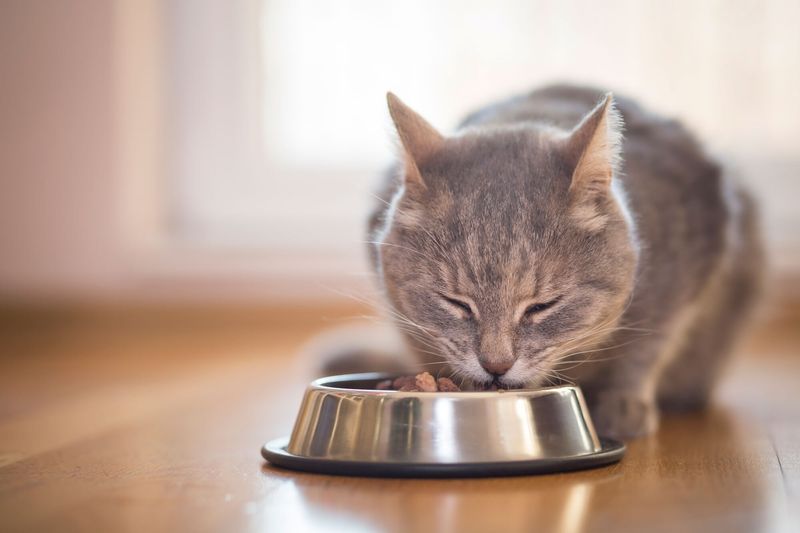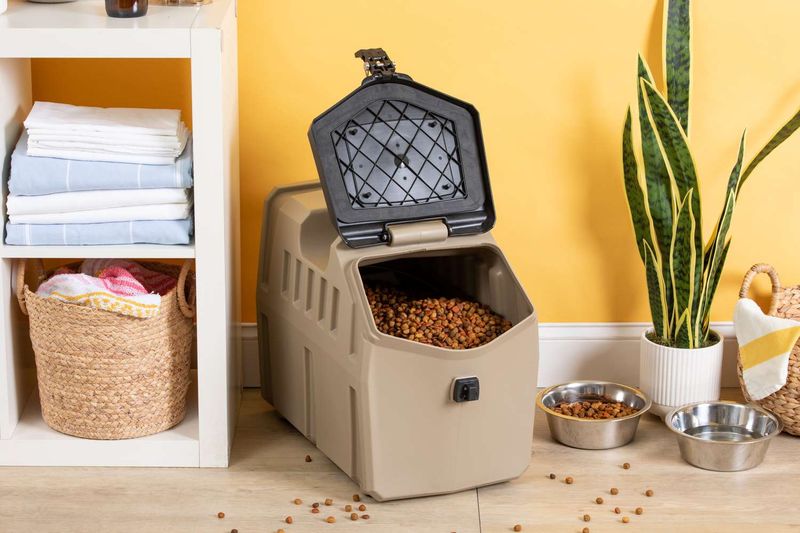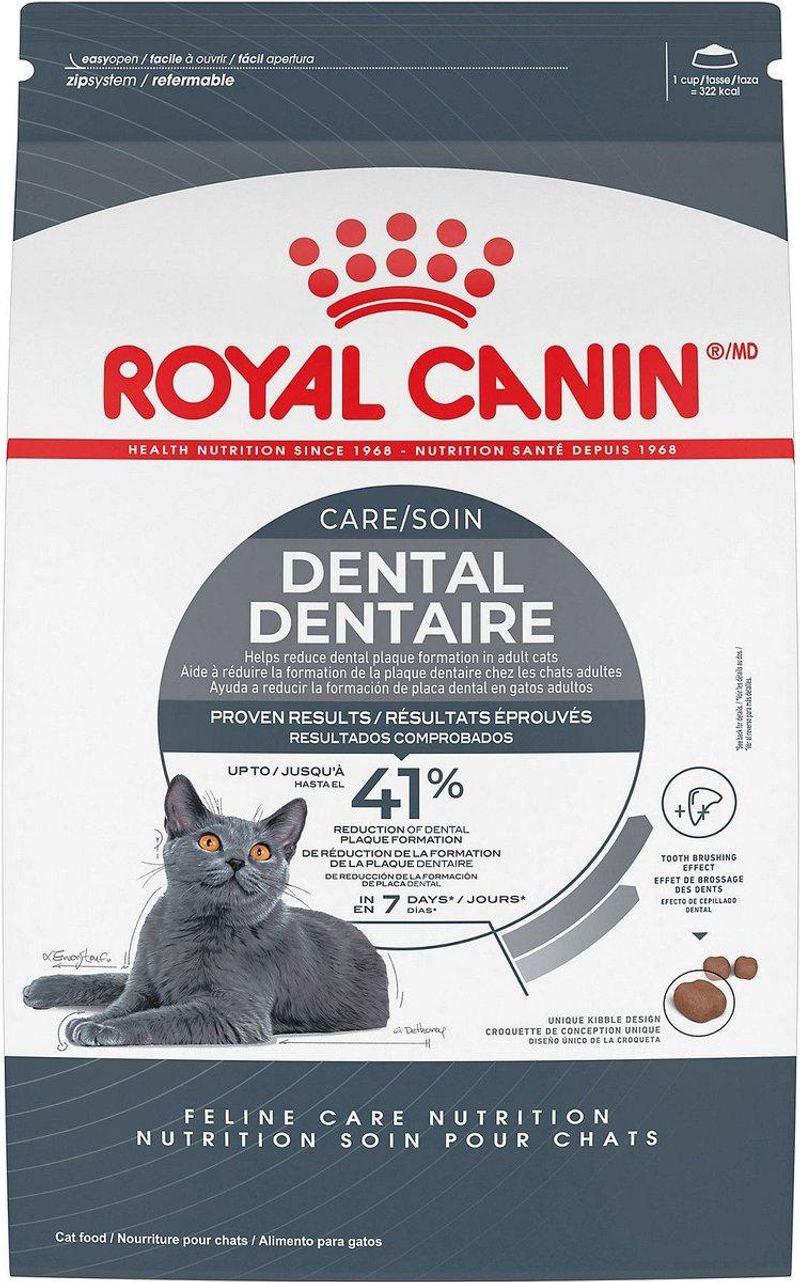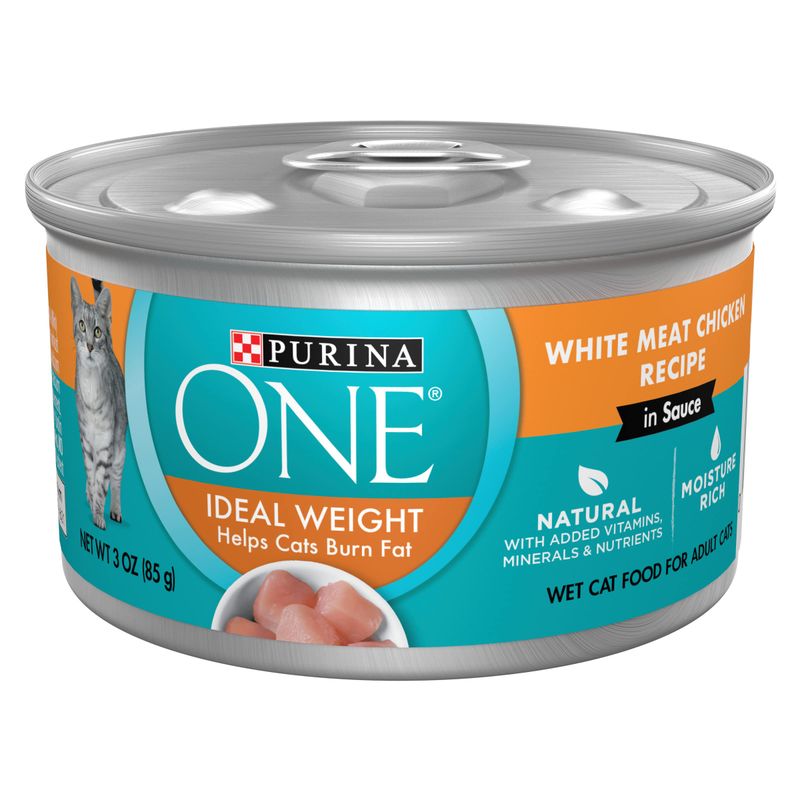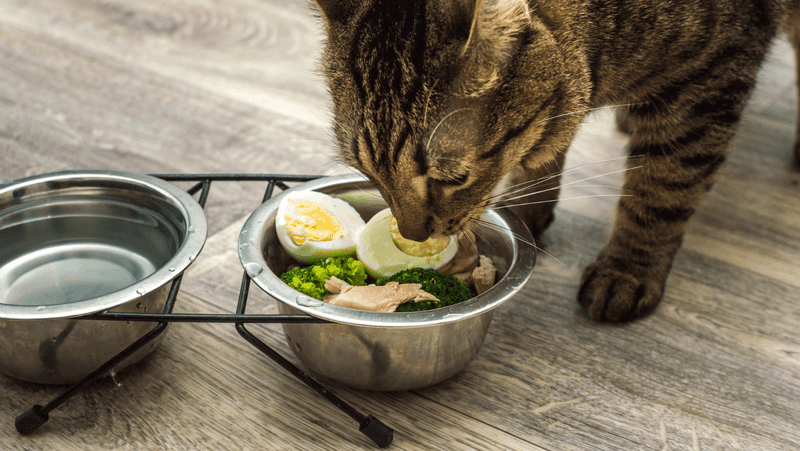📖 Table of Content:
Wondering whether wet food or dry kibble is best for your cat? You’re not alone—this is one of the most common questions cat parents face. With so many options on the market, it can be tough to know which type of food truly supports your feline’s long-term health and happiness.
In this comprehensive guide, we explore the differences between wet and dry cat food, covering everything from nutritional content and moisture levels to dental health, convenience, and cost. We’ll also dive into specific situations where one type of food might be better suited—such as for senior cats, kittens, picky eaters, or cats with certain medical conditions like kidney disease or obesity.
Plus, we’ll look at the benefits of a mixed feeding approach and offer tips on how to transition your cat safely between food types. Whether you’re a new cat owner or simply reassessing your current feeding routine, this blog will help you understand your options and make a choice that meets your cat’s unique needs.
Because feeding your cat isn’t just about filling the bowl—it’s about supporting a healthy, happy life.
1. Hydration Benefits of Wet Cat Food
Cats often struggle with hydration, but wet cat food offers a tasty solution. Boasting a moisture content of 70-80%, it mirrors a cat’s natural diet, keeping them refreshed and supporting kidney health. The juicy texture can entice even the pickiest eaters, encouraging increased water intake. Imagine a tabby relishing every morsel of a chicken-flavored delight. Yet, its high water content isn’t just about hydration; it also aids digestion and nutrient absorption. With wet food, you’re not only feeding a meal but ensuring overall well-being.
2. Cost Efficiency of Dry Cat Food
For those watching their budget, dry cat food presents an economical choice. Typically priced lower than its wet counterpart, it’s perfect for bulk purchases and long-term storage. Imagine a savvy shopper filling their cart with nutrient-rich, cost-effective kibble. It’s not just about saving money; dry food offers convenience with its longer shelf life and the ease of free-feeding. Your cat can nibble throughout the day, enjoying crunchy bites that stay fresh much longer than wet food. With dry food, quality nutrition meets affordability.
3. Palatability of Wet Cat Food
Does your cat turn up their nose at most meals? Wet cat food, with its enticing aroma and tender texture, can be a game changer. Perfect for fussy eaters, its rich flavors and real meat chunks are hard for any feline to resist. Picture a fussy Siamese finally satisfied, licking a savory salmon delight off its whiskers. The palatability of wet food not only stimulates appetite but can also provide comfort and pleasure during meal times. It’s more than a meal; it’s a culinary experience for your cat.
4. Storage Convenience of Dry Cat Food
Life gets busy, and dry cat food offers a convenient feeding solution. Its long shelf life makes bulk buying stress-free, while simple storage keeps your pantry organized. Imagine a bustling household where dry food provides a quick, fuss-free meal option. With kibble, you can easily manage feeding schedules, allowing your cat to graze at their leisure. No refrigeration is needed, just scoop and serve. This convenience doesn’t sacrifice nutrition, ensuring your pet remains healthy while simplifying your feeding routine.
5. Dental Health Benefits of Dry Cat Food
Dental care is crucial, and dry cat food helps maintain oral hygiene. Its crunchy texture acts like a toothbrush, reducing plaque build-up as your cat munches. Picture a content tuxedo cat, flashing pearly whites thanks to their crunchy diet. This mechanical action is more than just a novelty; it’s a preventive measure against tooth decay and gum disease. While not a replacement for regular dental check-ups, dry food is a helpful ally in your pet’s dental care routine. It’s a tasty way to keep those fangs in top shape.
6. Weight Management with Wet Cat Food
Wet cat food is a strategic ally in managing your pet’s weight. Lower in calories than dry food, it allows for sizable portions without the risk of overfeeding. Imagine an agile Bengal darting around, fueled by a balanced, calorie-conscious diet. The abundance of moisture not only aids digestion but also gives a sense of fullness, preventing overeating. For cats prone to weight gain, wet food can be a lifesaver, promoting a healthy weight while satisfying their taste buds. It’s more than just portion control; it’s a health plan.
7. Mixed Feeding Approach
Combining wet and dry cat food offers the best of both worlds. This balanced approach caters to your cat’s hydration needs while satisfying their craving for crunchy textures. Visualize a playful tabby relishing the variety of mixed meals, each bowl offering a unique taste sensation. This method not only enhances flavor diversity but also maximizes nutritional intake. Offering both textures can address dietary concerns, making it easier to adapt to your cat’s changing needs over time. It’s a comprehensive solution for their diet, ensuring happiness and health.
